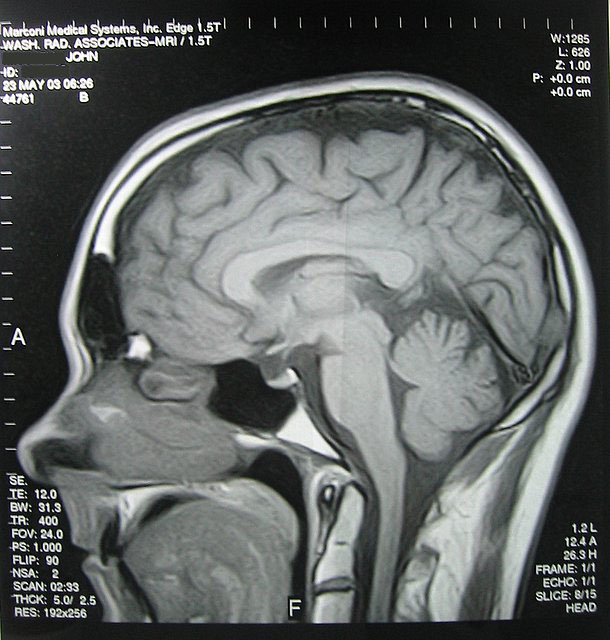Every year in the United States, about 2.6 million people have some type of brain injury. It’s a no-brainer that an injury to the brain can be one of the most traumatic injuries to overall health. After all, the brain is one of the most important organs for one’s necessary and daily functions. Brain injuries can result in consequences that range from concussion and internal bleeding to amnesia. One important type of brain injury is an epidural hematoma.
An epidural hematoma is usually caused by a heavy impact to the head, causing the tissues in the brain to tear. This leads to bleeding, and the blood clumps together to form a mass called a hematoma between the brain and the skull. Due to the pressure exerted by the hematoma, the brain swells and is forced to shift to relieve the pressure. As the sub-structures of the brain move from their original positions, the shift causes changes in the person’s vision, consciousness, and physical health.
Symptoms of an epidural hematoma may occur as early as minutes after the trauma, or as late as several hours later. Some outward symptoms are confusion, dizziness, drowsiness, and headaches. Bruises may show up behind the ears or around the eyes, and vomiting may occur. If the injury is more serious, there may be a short loss of consciousness. Patients suffering from an epidural hematoma usually display a conscious period of seemingly normal functioning called a lucid interval. Immediately following this lucid interval, many patients rapidly slip into a coma. Therefore, it is critical to see a physician if any of these symptoms are observed in order to prevent brain damage or even death.
Image Source: PM Images
There are several tests that can be done to confirm an epidural hematoma. To comprehend and pinpoint the exact areas of brain damage, computed tomography (CT) scans, magnetic resonance imaging (MRI) scans, and electroencephalogram (EEG) scans are performed. However, the CT scan is the most commonly used for trauma patients.
To begin treatment of an epidural hematoma, the doctor may give medication in order to reduce inflammation. However, surgeries are recommended for removal of the hematoma. This is done especially if the hematoma is larger than one centimeter. Types of surgeries include a craniotomy or aspiration. A craniotomy includes surgery on the skull to physically remove the hematoma. Aspiration, also known as surgical drainage, uses suction to pull the clot out of a hole in the skull. Aspiration is effective for treating epidural hematoma if the hematoma is small enough and does not cause pressure or damage to the brain.
Even if all treatment procedures are followed, an epidural hematoma can still result in lasting consequences such as paralysis, difficulty walking, or weakness. Thus, it is important to protect the head and brain in daily life and activities. This can be done by simple tasks like wearing helmets on a bike or wearing seat belts in cars.
An epidural hematoma is only one of the many serious types of brain injuries. Knowing the consequences and science behind traumatic brain injuries is essential for understanding the importance of preventing them in the first place.
Feature Image Source: Headcase by John M










